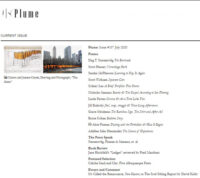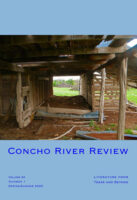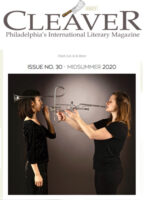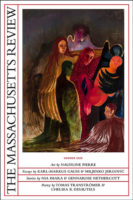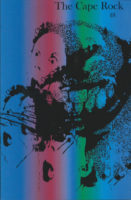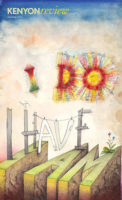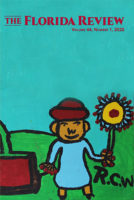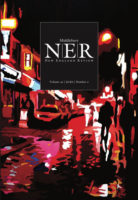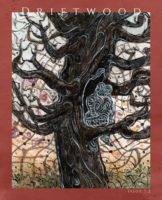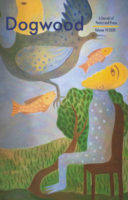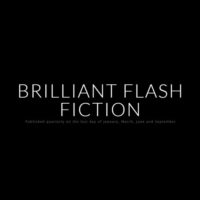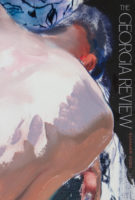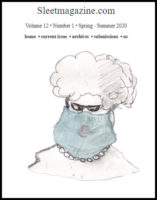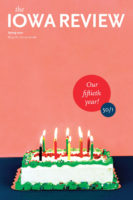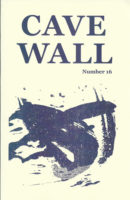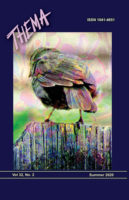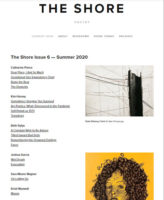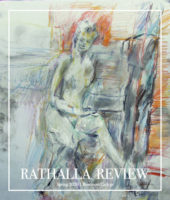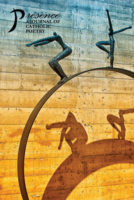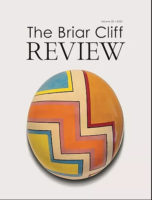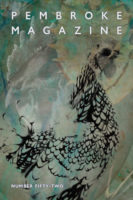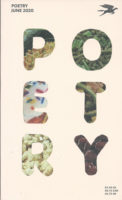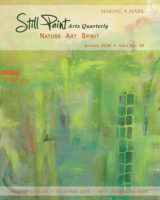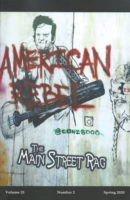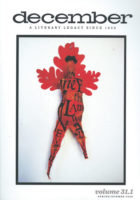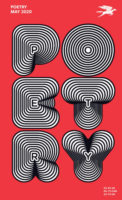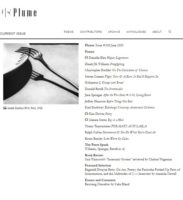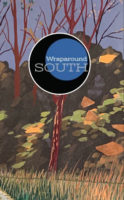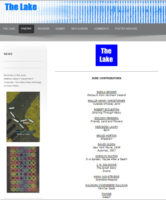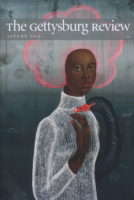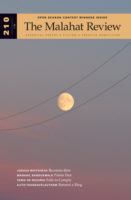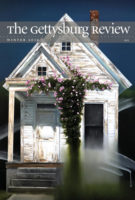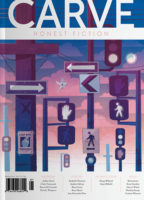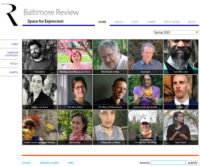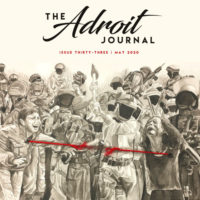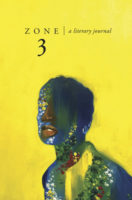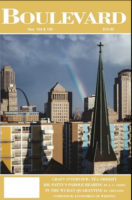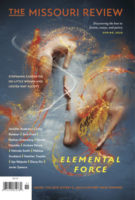
Magazine Review by Katy Haas
The latest issue of the Missouri Review features the winners of the Jeffrey E. Smith Editors’ Prize. The nonfiction winner, “The Trailer” by Jennifer Anderson is a powerful piece on self-reflection.
In “The Trailer,” a trailer appears on land Anderson owns. For awhile, it stays empty, and then one day a man and woman appear inside. Anderson then works on getting the inhabitants removed, and the trailer towed from the property.
In doing this, though, she ends up looking inside herself and examining her response to the two people that have begun squatting on her property. As a teen, she drank, did drugs, and engaged in risky behavior and she realizes she easily could have ended up just like the woman she evicts from her property. Later, when one of the women she delivers food to on her Meals on Wheels route must move out from her care facility and is essentially homeless, Anderson is filled with compassion and the desire to help, a response that is much different than her response to the woman in the trailer. After the woman leaves the trailer and the trailer is hauled away, Anderson continues to see her around town, each time having to face her past actions and feeling shame.
The piece is introspective and honest, a good reminder to examine our own actions. Anderson’s writing is compelling and hard to look away from, well-deserving of its placement as the nonfiction Editors’ Prize winner.
